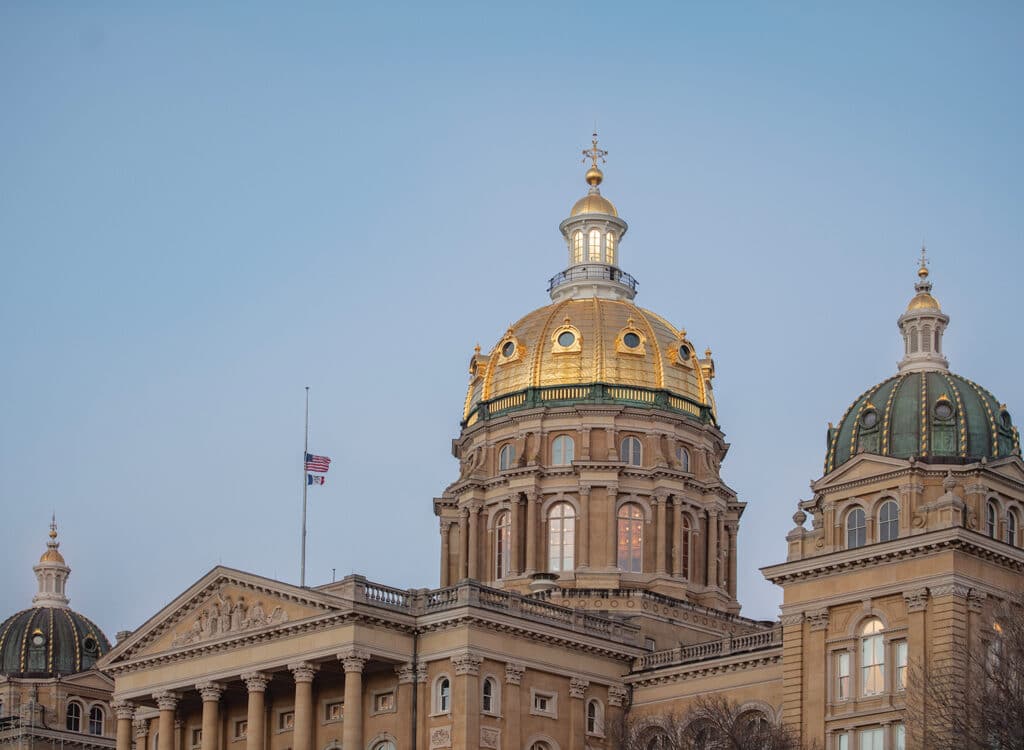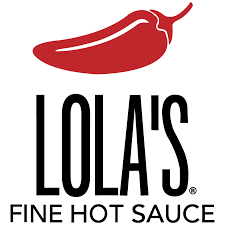The Elbert Files: Kaleidoscope era ends

Dave Elbert Jul 28, 2023 | 6:00 am
3 min read time
673 wordsAll Latest News, Opinion, The Elbert FilesDemolition of the downtown Kaleidoscope Mall on Walnut Street marks the end of an era.
The mall is coming down to make way for a 33-story apartment building.
For much of the 20th century, Walnut Street was the retail hub of Des Moines. It was home to the big department stores (Younkers, Davidson’s, Sears and J.C. Penney), along with Kresge and Woolworth and specialty retailers of furniture, jewelry, shoes and other items.
The Kaleidoscope Mall was an attempt to recapture some of that retail glory, which, by the 1980s, had mostly departed for the suburbs. The two-block long mall was hailed as “the jewel in the crown of downtown Des Moines” when it opened in 1985.
It turned out to be more disappointment than success, although the mall, which closed for good in March, was for decades the centerpiece of the downtown skywalk system.
Built by the Hubbell family and MidAmerican Energy Co., the Kaleidoscope arrived midway through the 1980s construction boom that followed the 1979 arrival of the Des Moines Civic Center and nearby Nollen Plaza (now Cowles Commons).
Major developments in 1981 included the downtown Marriott Hotel, Locust Mall, Bill Knapp’s Civic Center Court Apartments and Elsie Mason Manor, a high-rise for older Iowans. In 1982, John Ruan built the Carriers Insurance Building, rebranding the building as Ruan II after the truck insurer went belly-up.
Capital Square and a new Polk County Jail were built in 1983, followed by the Polk County Convention Center (now the Wellmark YMCA), and The Plaza, the first downtown, high-rise condominium, also on Walnut Street, two blocks east of the Kaleidoscope.
More downtown development followed in 1986-87, including the State Historical Building on the east side, and the Hub Tower, a commercial high-rise adjoining the west end of the Kaleidoscope.
At about the same time that the Kaleidoscope was taking shape, Walnut Street underwent a major transformation from a four-lane street to a two-lane transit mall.
No cars, only city buses and some delivery vehicles, were allowed on the six-block long stretch between the Civic Center at Second Street and Younkers Department Store at Eighth Street.
Sidewalks were widened to comfortably accommodate commuters as they waited for bus transfers or shopped or climbed up into the skywalk at the Kaleidoscope.
But none of it ever quite worked. Neither the retail mall nor the transit mall were ever rated a success.
Part of the problem was the Kaleidoscope had virtually no retail on the ground level. Stores were primarily on the skywalk level, above the transit mall. Retail occupancy, even on the skywalk, was sporadic.
The skywalk was busy for an hour or so each morning, when office workers arrived for the day, during the noon hour, when they took lunch breaks, or on occasions when high school students and their families took over downtown for sports tournaments, meets or other events.
Otherwise, there just wasn’t enough traffic in the skywalks to attract many retailers.
Hubbell Realty Co., the leasing agent, wanted to sign McDonald’s as a name tenant for the Kaleidoscope’s opening on Oct. 10, 1985, but failed. Instead, Burger King took a ground-floor location in 1988.
Carry-out restaurants occupied a third-floor food court at the east end of the mall and did strong lunch-hour business for several years. Later, Palmer’s Deli and Bruegger’s Bagels would attract loyal customers. But fast-food was an amenity, not an attraction, for mainline retailers.
City Grille, a California/Mediterranean-style restaurant, was popular in 1985 but failed in 1989. Its space, along with most of the ground floor of the east half of the Kaleidoscope, was converted to office space for Principal Financial Group in 1992.
Problems were obvious from the outset. The Kaleidoscope opened with only three of the 16 stores that were committed to space. And the 16 that eventually opened were fewer than the 60-70 stores that the mall’s planners wanted.
Only time will tell if a 33-story residential building is the answer for Walnut Street, which has in recent years seen more residential development than retail.

Dave Elbert
Dave Elbert is a columnist for Business Record.










